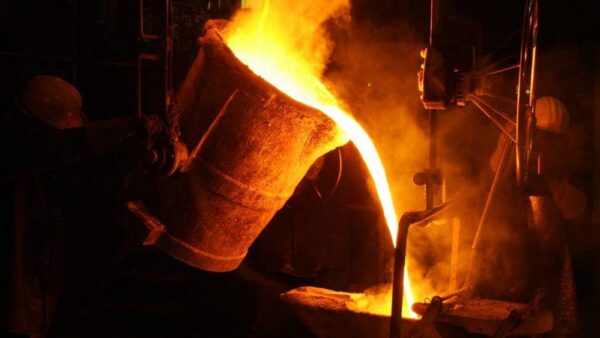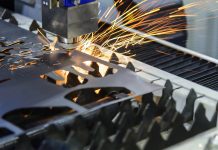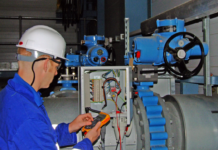As one of the strongest and most resistant materials steel has found wide application in various industrial branches. The industrial revolution influenced the improvement of production methods, which keeps progressing today thanks to the use of modern technology. Additional components that, in addition to iron and carbon, participate in the production, increase the resistance of steel. Its composition and formulation will also determine its application – therefore, to choose the appropriate type of material, it’s significant to know the chemical structure.
One of the basic phases of its processing is casting in molds and the production of desired shapes. Yet, before that, the metal needs to go through a melting phase and some more preparatory phases. Before we explain the process and all the preparation, let’s first look at some of the most common types of this metal alloy.
Carbon steel

One of the basic characteristics of the carbon type is corrosion resistance. The absence of shine is noticeable in its appearance, and the name speaks enough about the high carbon content. A tiny amount of other components is present in its production process, but there are variations in the percentage of carbon as well.
This type is characterized by high strength – because of this, they’re used for manufacturing automobile parts, knives, and high voltage wires. About 90% of the steel produced in the world belongs to this type.
Alloy steel
Alloy type involves the formation of several metals – commonly copper, aluminum and nickel. The reason why these metals are given priority is their corrosion resistance, which is crucial when it comes to application in some production processes where the final product mustn’t corrode.
The alloy type finds its application in the automotive and marine industries, as well as in the construction of pipelines. The lower price also contributes to its demand, and it can be weaker or stronger, depending on the presence of certain elements.
Tool steel
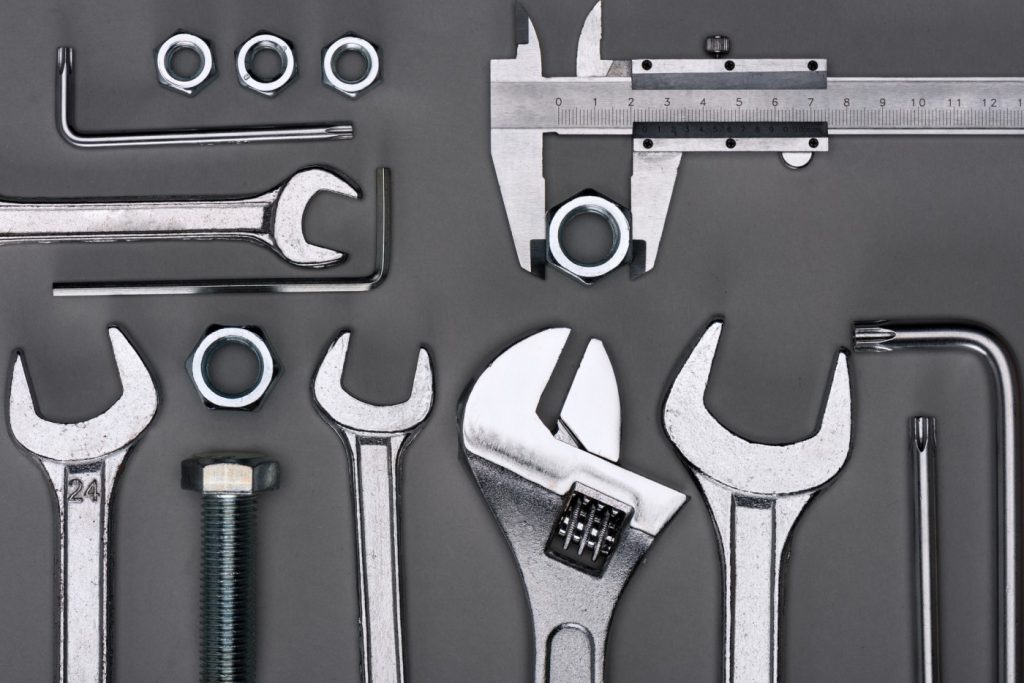
Tool steel, as the name suggests, is mostly used in practice for making metal tools necessary for every household or workshop. It’s characterized by high hardness but also heat resistance, which makes the tool made of it suitable for use in such conditions. This kind of tool is rather durable and can last for many years because, among other things, it’s resistant to scraping.
The metals that are used in the process of tool steel production and that are responsible for its properties are molybdenum, tungsten, and cobalt – the quality of the tools will also depend on the presence and concentration of each of them.
Stainless steel
You can often see a label with the inscription ‘stainless steel’ on the products you buy for your home, on jewelry, and even on surgical equipment – so, this last type is probably well-known to everyone. The most dominant metal in its production is chrome – thanks to the presence of chromium, this type is resistant to corrosion and is, therefore, an excellent replacement on the market for some inferior jewelry materials, for example. Also, it’s very flexible and can be easily shaped, which further facilitates its use in numerous different ways.
Now that we’ve learned something about the basic types, let’s take a look at what these basic steps are in a process whose end result is casting.
1. First step: Obtaining iron from iron ore, coke, and lime
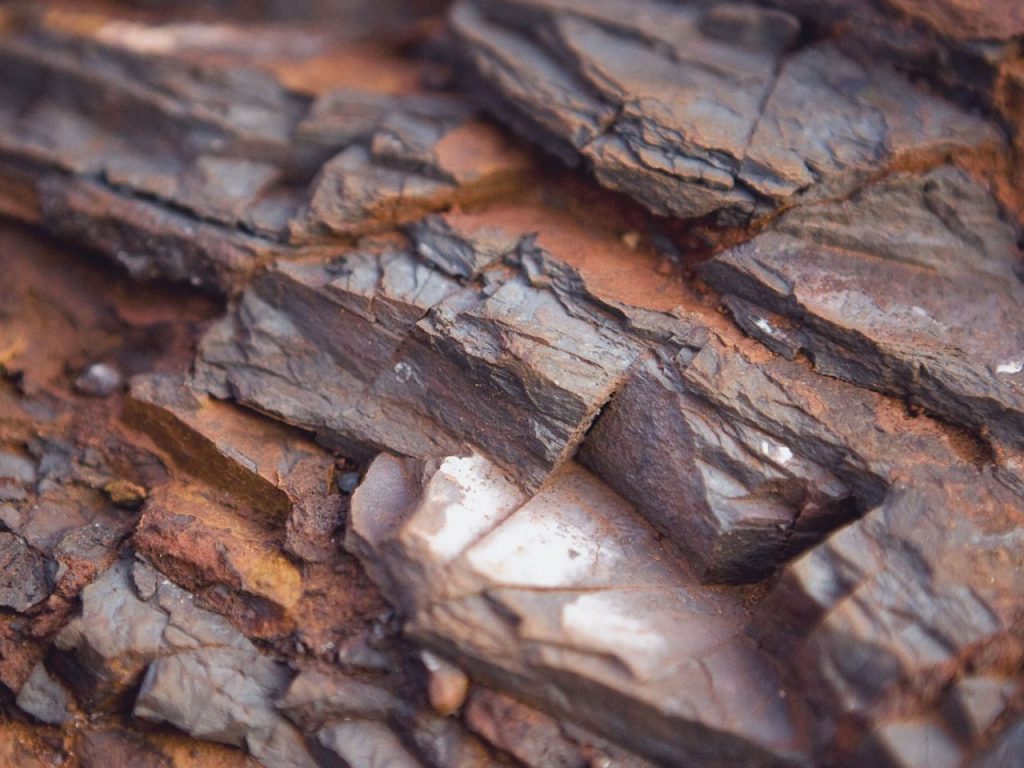
Iron is a basic element in steel production. However, its involvement in the process isn’t as simple as taking the ore and putting it in the furnace – it also requires pre-treatment. Together with coke and lime, it’s placed in a furnace set to a high temperature and melted together. Once combined into a homogeneous mass, the mixture turns into liquid iron.
Yet, regardless of the high percentage of strength, this liquid still contains about 5% of impurities that mustn’t remain there as they can endanger the quality of the final product.
2. Second step: Melting and adding scrap steel to remove impurities (primary treatment)
Depending on the method you want to use in the procedure, you can remove the impurities in different ways. Melting of scrap metal is an integral part of the process due to the growing awareness of the importance of recycling, but also due to the efficiency.
The implementation of recycled metal added to the furnace with molten iron is the so-called BOS method. During melting, oxygen is pushed through the furnace so it removes a large amount of carbon and other unwanted components. This achieves an impurity reduction efficiency of 0.5-1.5%. Second, the EAF method involves the use of electric furnaces, which have also proven to be reliable. Melting is done with the help of electricity, which contributes to a high-quality end product.
3. Third step: Secondary production
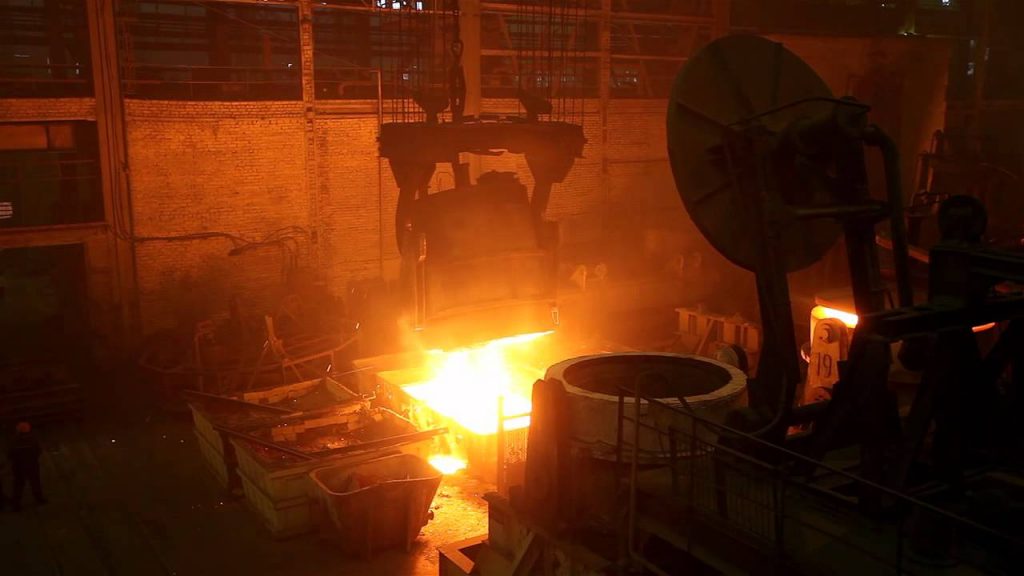
In this step, the resulting molten mixture should be properly adapted for future purposes. This means ‘adjusting’ it to the perfect composition, and the perfect composition means a combination of elements that’ll meet the ultimate needs. To achieve that, it’s necessary to regulate the temperature and remove certain undesirable components.
Some of the ways to do this are mixing, implementing argon bubbles, injecting with a ladle, or removing gases.
4. Fourth step: Casting
While we wait for the metal to melt and prepare for casting, we have to prepare the pouring molds in advance and put them to cool. Once they are cooled, we can say that everything’s ready for the fourth step, which is pouring the mixture into molds.
The prepared molds provide the desired initial shaping which will later require finer cutting. Due to their coldness, the liquid metal also cools down extremely quickly under the influence of low temperature and retains the shape of the mold. Yet, it should be taken out of the mold until it has cooled completely. What follows is the cutting to the desired dimensions and reshaping some parts.
In the casting process, several methods can be applied, such as investment casting, sand casting, machining, and others that are known to experienced to any casting foundry company, such as DawangCasting or any other big name in the casting industry. Also, the process has recently been automated and it’s now performed with the help of computer technology.
5. Fifth step: Hot rolling process
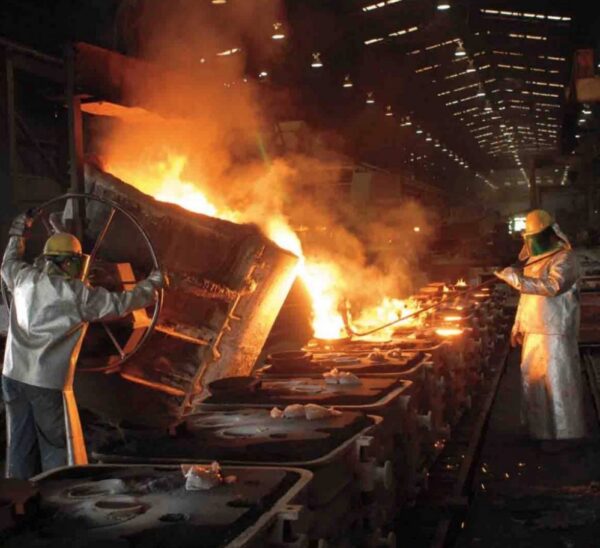
In that way, you create forms that are more credible and similar to the desired end result like the hot-rolled forms at https://fastmetals.com/pages/angle-stock.
6. Sixth step: Final touch
The final properties and shapes are defined by this last step. It’s applied through efficient fine shaping techniques and it shows the final outcome of your efforts!

